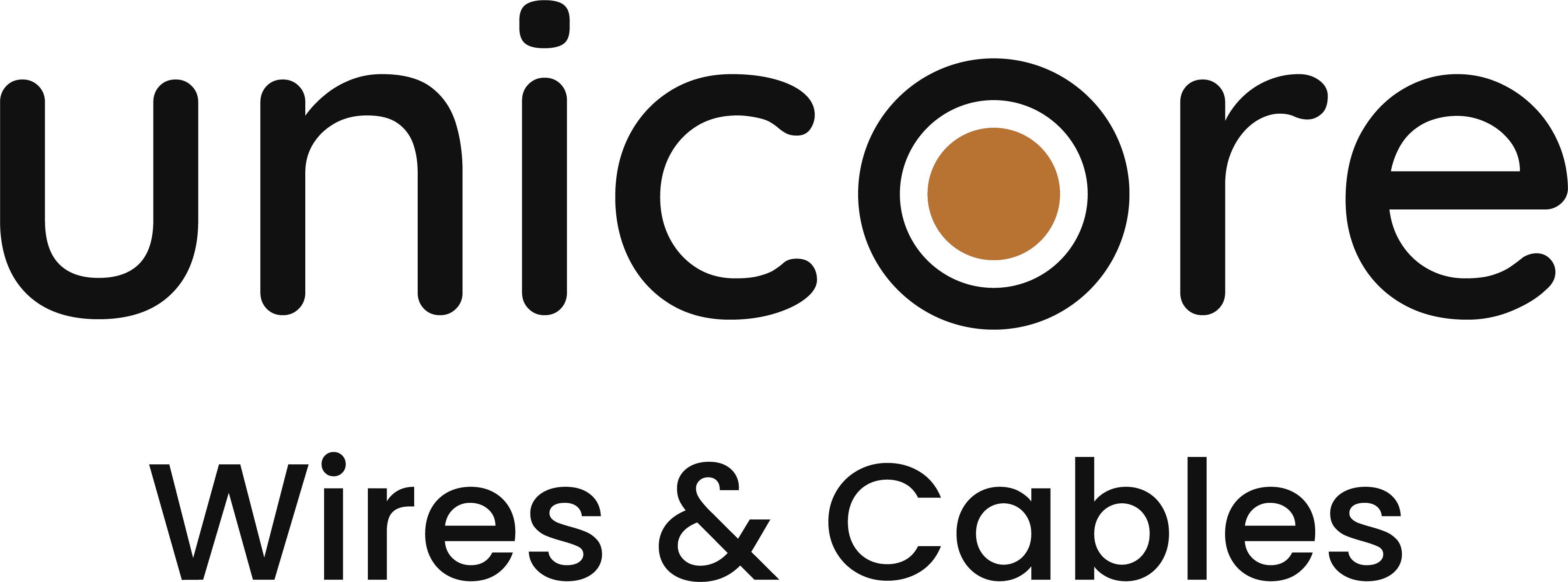Whatsapp : 0311 4499 321 ♦ Email : [email protected] ♦ Monday - Friday : 8:00 AM to 6:00 PM
Solar Cables
XLPO (cross-linked polyolefin) insulated solar PV cables are designed for use in photovoltaic systems, where they are used to connect solar panels to inverters and other electrical equipment. These cables are highly resistant to UV radiation, moisture, and extreme temperatures, making them ideal for outdoor use in harsh environments.
Uses and Applications
XLPO insulated solar PV cables are primarily used in solar photovoltaic power systems, where they connect the solar panels to the inverter or charge controller. These cables are suitable for use in both residential and commercial applications, and are often used in large solar farms and other utility-scale installations.
Sizes and Types
XLPO insulated solar PV cables are available in a range of sizes and types, depending on the specific application. The most common sizes for solar PV cables are 2.5 mm2, 4 mm2, 6 mm2, 10 mm2, 16 mm2, and 25 mm2. The cables are available in single-core and multi-core configurations, and are typically rated for a voltage of 600V or 1000V.
Standards
XLPO insulated solar PV cables are manufactured to a range of international standards, including IEC, TUV, and UL. These standards ensure that the cables are designed and tested to meet specific requirements, such as temperature rating, UV resistance, and durability. Compliance with these standards ensures that the cables are safe and reliable for use in photovoltaic systems.
Installation
When installing XLPO insulated solar PV cables, it is important to follow the manufacturer’s installation guidelines and the applicable codes and standards. The cables should be installed in a manner that minimizes stress and strain, and should be protected from sharp edges and other potential sources of damage. Proper termination and cable gland selection is also important to ensure reliable performance.
Conclusion
XLPO insulated solar PV cables are an essential component of solar photovoltaic power systems, providing reliable and durable connections between the solar panels, inverters, and other electrical equipment. By choosing the appropriate cable size and type for a specific application, and ensuring compliance with relevant international standards, designers can ensure that their systems operate reliably and efficiently, even in harsh outdoor environments.
